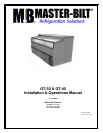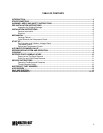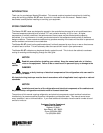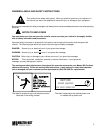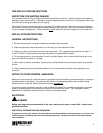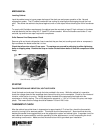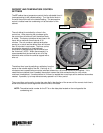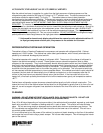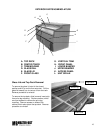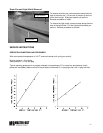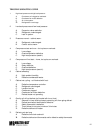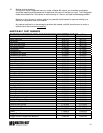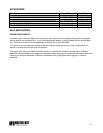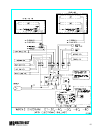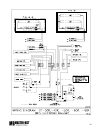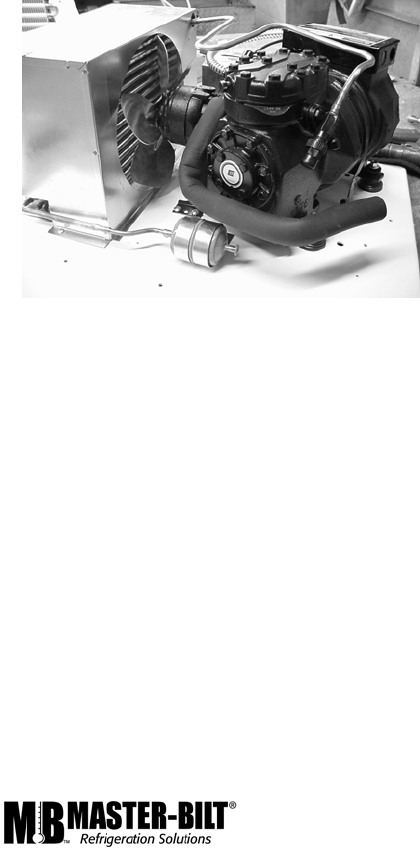
7
MECHANICAL
Leveling Cabinet
Level the cabinet so as to insure proper drainage of the drain pan and proper operation of the lids and
refrigeration system. The GT cabinet condenser has cooling air entering and discharging through the front
grille. This allows the cabinet to be placed against a wall or solid object without blocking the flow of condenser
air.
To comply with Sanitation requirements, the cabinet must be mounted on legs (6” high minimum) or the base
must be sealed to the floor using N.S.F. listed RTV silicone sealant. Minimum clearance as follows: 0” rear
and side, top and front are open required for compliance.
Grille Removal And Compressor Check
Remove grille and check refrigeration lines to see that they are free (not touching each other or compressor).
Spin condenser fan blade to see that it is free.
Check that all service valves (2) are open. The springs are secured for shipping by either tightening
bolts or shipping strap. Remove the strap or loosen the hold-down bolts so that the compressor floats
freely.
Semi-Hermetic Compressor
STARTUP
FAN OPERATION AND VIBRATION; VOLTAGE CHECK
Uncoil the lead cord and pass it through the hole provided in the cover. While the cabinet is in operation,
check the voltage draw and the amperage draw versus this rating on the nameplate. Check for fan noise and
vibration, while the fan is running. Voltage should be checked at the compressor terminals while the
compressor is initially starting. The unit is designed to operate at +/- 10% of 115 volts, 60 cycles, and single
phase. This means that the voltage should be between 103 and 126.5 volts.
THEROMSTAT CHECK
After the cabinet has pulled down in temperature to approximately 0°F at load line, check the thermostatic
control by turning it to its warmest position. This should shut the compressor off. Also check that the main
double-pole double throw toggle switch turns the refrigeration system and cabinet lights. A separate circuit for
each cabinet is recommended to avoid the possibility of other appliances on a circuit overloading the circuit
and causing a malfunction. Make sure that the electrical service is grounded upon installation.



